Dynaxion aims for a safer society with AI-Based Spectroscopy

Current screening technologies for parcels suffer from false alarm rates of 20-30%, requiring costly human intervention and the use of sniffer dogs to verify contents such as explosives and drugs. For this reason, Dutch SME Dynaxion trains artificial intelligence (AI) algorithms on complex spectra and uses the trained networks to classify threat materials in baggage and parcels – innovations that the company is developing further in the ongoing AI Call 2020 project Spectralligence, which stands for Spectral Analysis in life sciences and materials sciences through Artificial Intelligence.
The next step
Although there are over 20 different types of spectroscopy - which is a study of the way matter absorbs or sends out light and other radiation - and these have one thing in common: the extraction of information from a spectrum or histogram. Until recently, traditional approaches for security screening mainly utilised X-rays and computed tomography while the acquisition of spectral data and manual interpretation of the images required highly trained experts, all of which led to inadequate material recognition, false negatives and low efficiency. This can have an enormously negative impact on society: in the USA alone, some 100,000 people are estimated to die annually from opioids, many of which are transported via international mail. Fortunately, the rise of machine learning has shown that AI outperforms traditional algorithms and provides better and more accurate results, making this the logical next step in the development of spectroscopy.
Sought-after spectroscopy
For Dynaxion, the focus lies on gamma ray spectroscopy to establish the elements present in a substance and their relative atom fractions. These elements are determined from the various peak locations and the atom fractions from the relative height of the peaks. This process can be complicated by factors such as low statistics, noise and detector effects like gain shifts and variations. However, it made the company an ideal candidate for Spectralligence, which was actively searching for SMEs to join the consortium headed by Philips. After a mutual connection took note of its AI-based approach to spectroscopy, Dynaxion was contacted by a project coordinator from fellow consortium member Eindhoven University of Technology and jumped on board.

Knowledge and experience
Having begun in November 2021, the project is currently around its halfway mark and ultimately aims to demonstrate that cross-domain validated neural networks for spectral analysis can significantly reduce dependence on humans, thereby accelerating the adoption of this technology and the growth of the market. To this end, Dynaxion has contributed a wealth of knowledge on aspects such as de-noising, spectral deconvolution and explainable AI, as well as experience with certain networks or algorithms for optimal classification. So far, this has included the literature review and participation in several workshops for knowledge transfer between the partners in the Netherlands and Finland. Dynaxion is also responsible for a number of deliverables within the project, such as a report on the workflow and how Spectralligence intends to move towards one-click analysis that does not require physicists to tune various parameters.
Rising to the challenge
Such work also requires a keen understanding of the human element of technological dissemination. For successful customer installation, Spectralligence has identified a number of technical challenges that must be overcome, including an acquisition time of less than 6 seconds per screened object to allow fast logistic flows, a robust classification accuracy of over 95% and auditable, explainable results using AI. These are some of the aspects that Dynaxion is trying to address for finding illicit materials in parcels and suitcases using an accelerator-based neutron scanning system. This will utilise both real measurements and simulation data, which will be processed, augmented and fed to the AI algorithm to generate material classification with a high degree of accuracy.
The ITEA element
As for Dynaxion itself, a major appeal of ITEA participation has been the financial support that can be hard to come by as an SME. The company has also been able to benefit from the many interactions within the project, including with academic specialists and commercial companies that are active on the same topic but with very different application markets. This has allowed Dynaxion to adapt its approach and implement new techniques that may not have been accessible without the consortium. As a direct result of Spectralligence, Dynaxion expects to start selling a security screening product with a much higher performance than current methods.
A safer society
In the longer term, Dynaxion expects the Spectralligence project to be a major boost for both business and wider society. By replacing human operators in the security process, for instance, each system is expected to lower the operational costs of security screening at airports by about one million euros per year. With AI-based spectral analysis, the team is also confident that more threat materials can be uncovered with lower false alarm rates, diminishing the chances of terrorist attacks or the successful transportation of drugs and other illicit goods. Thanks to its involvement in ITEA, Dynaxion is confident of significantly improving its classification algorithm. And in the end, the more threats this system can pick up, the safer our society will be.
More information:https://dynaxion.nl/
https://itea4.org/project/spectralligence.html

Other chapters
Use the arrows to view more chapters
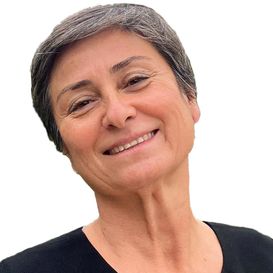
Editorial
By Zeynep Sarılar
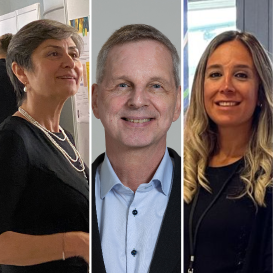
25 years of ITEA
Two Public Authorities share their views of the ITEA experience

Country Focus: Sweden
Research and innovation are crucial for competitiveness, sustainability and resilience

ABB
Provider of world-leading sustainable and automated solutions

HeKDisco Project benefits story
AI system and smart wristband helps prevent the elderly from falling

ITEA Success story: PARTNER
‘One patient, one team’ approach for hospitals

SME in the Spotlight: Cape of Good Code
A business value metric for software leaders

Community Talk with Gjalt Loots
A multifaceted connector!
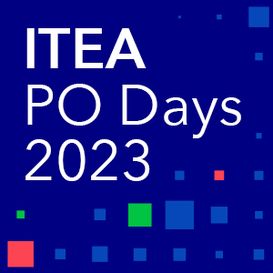
ITEA PO Days 2023 & 25 years anniversary and exhibition
Become part of ITEA's next ground-breaking innovation!
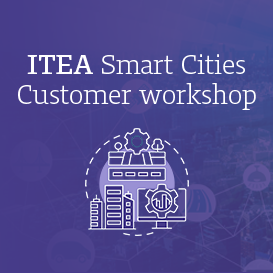
ITEA Smart Cities customer workshop
Insights into the 2023 Smart Cities customer workshop

ITEA Success story: VMAP
Enhancing interoperability in virtual engineering workflows
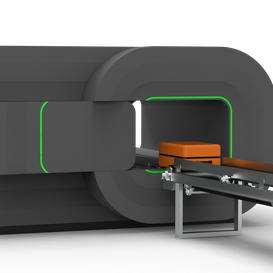
By and for end-users
Dynaxion aims for a safer society with AI-based Spectroscopy
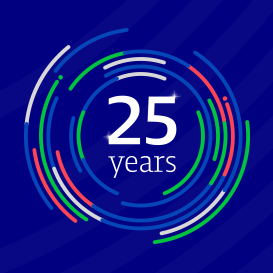
25 years of ITEA
Ground-breaking innovations we’re still grateful for today

ITEA Call 2022 projects
Unveiling strong international projects with focus on AI

